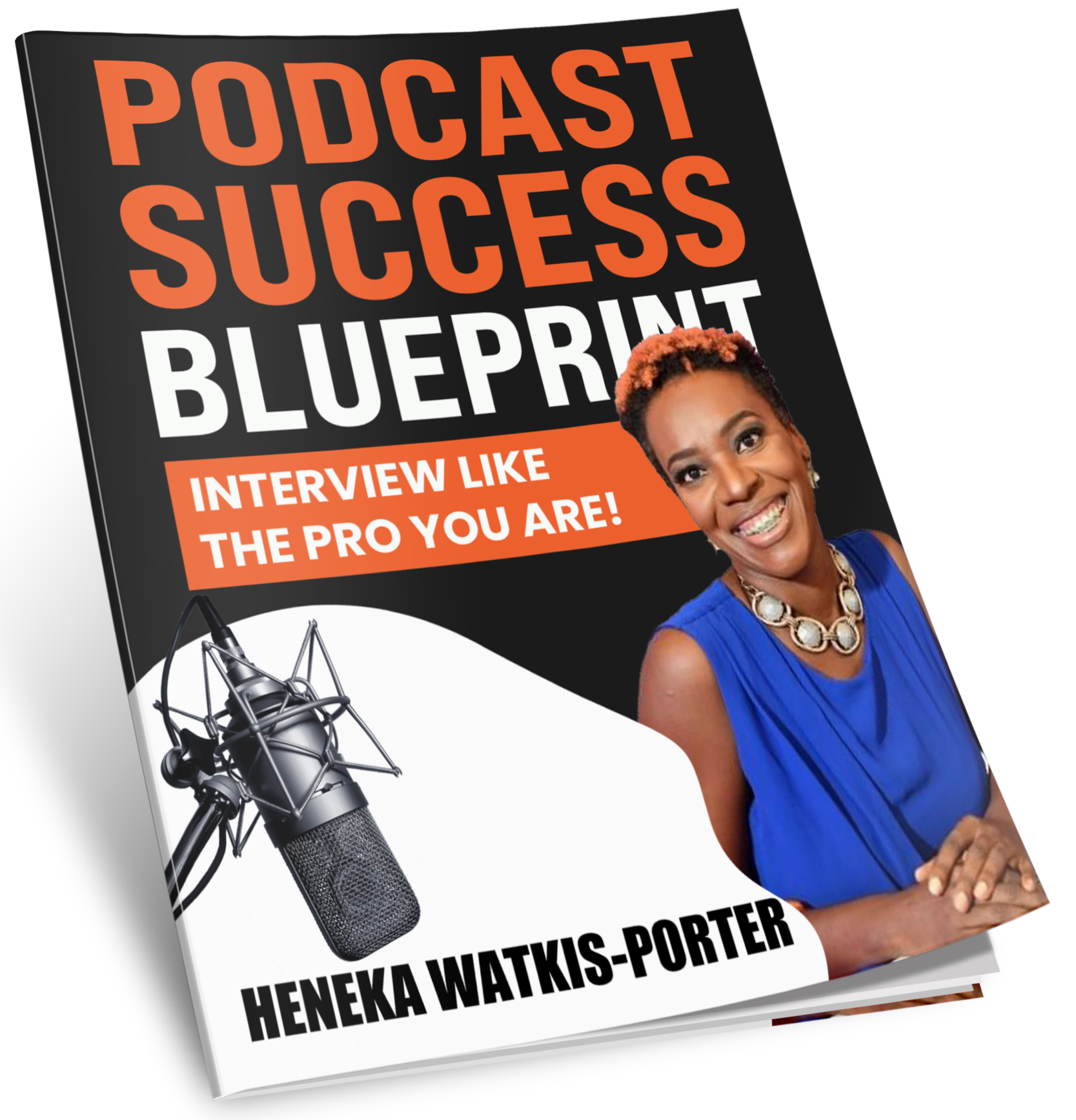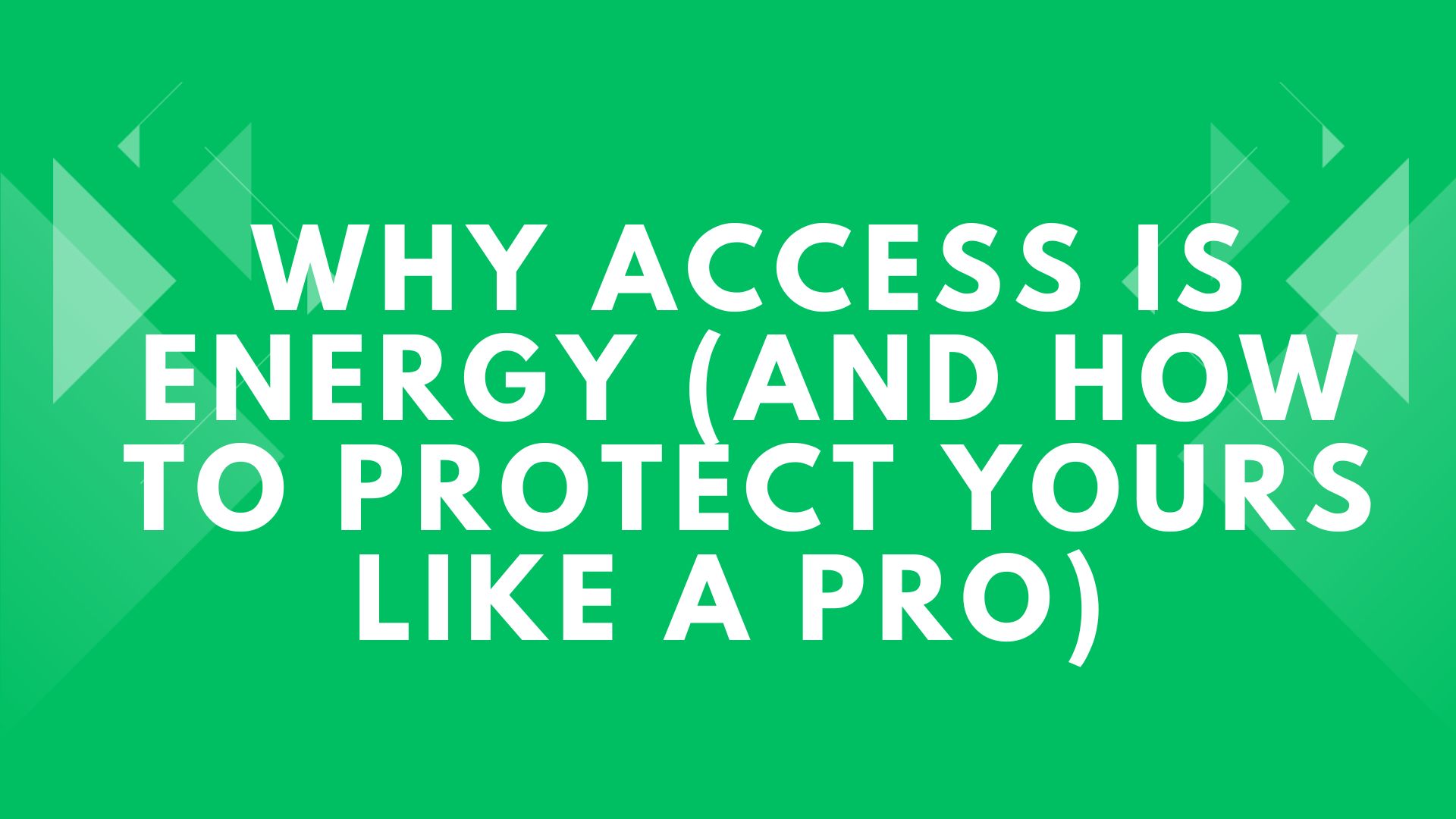There’s no shortage of business ideas – they are a dime a dozen. What is missing most of the times is ‘how-to’ get started. The question of, ‘how do I turn my passion for fashion into a viable business’ is one that can be daunting. Yet, with the right guidance, it is possible although not easy.
[bctt tweet=”Starting a fashion business can be very lucrative. After all, clothing is one of the basic physiological human needs according to Maslow’s Hierarchy of Needs.” username=”@TheEntrepYou”]
The garment industry is the most dynamic in the world. From a Latin American perspective, the five most performing countries are Brazil, Argentina, Venezuela, Mexico and Colombia.
Don’t be fooled, amidst the glitz and glamour of the industry, (real or imagined), an entrepreneurial approach must be taken from the start in order to achieve any measure of success.
You must be prepared to answer very honestly, these questions:
- Do I really want to run a fashion business?
- Do I have access to the necessary funding?
- Do I have the skills that are required?
- What is unique about what I’m doing?
- Am I able to identify partners to help me?
Related Post: Setting Up Your Fashion Business (Infographic)
If you are willing to put in the necessary work, here are some considerations to go from idea to market.
Idea Development & Research
- What is the concept behind the brand you are creating? If you don’t already have a name, it’s a good time to start brainstorming ideas.
- Who are you targeting?
- What is the messaging you want for your brand?
- What will you be known for?
- What is the research saying about the industry?
- What are the current fashion trends?
You may also conduct a search using the Google Keyword Planner tool to find out what prospective customers are searching for in search engines. This information will come in handy when it’s time to do your online marketing.
Market Testing
Once you’ve got clarity, and you must be very clear on your brand’s concept and your target market, it’s time to test the market to see how it will respond to your new collection.
- Do a simple survey by asking persons in your target market to respond by addressing things like price, quality, style, design, and brand image.
A questionnaire developed in Survey Monkey for example, could help. You can also get a few persons together who match your target audience and do a focus group discussion to solidify ideas before you go to sampling.
- Who is your competition? What are they known for?
- Which top designer will you benchmark in your fashion business? – the idea is to look at someone in the industry who has already done it and to see what inspiration you may gather from them (not to copy what they are doing).
- What will be your unique selling proposition?
- How will you compete?
- What type of pricing strategy will you use to enter the market?
- What’s the vision for your fashion business? Where do you see it 2, 5 or 10 years from now? Make sure to set SMART goals (specific, measurable, attainable, realistic and time-bound).
- Start putting a business plan/pitch deck to get partners involved and to stay focused on the vision.
Funding Options
This is a vital part of developing your fashion business. Some possible sources include:
- Personal funds
- Loans from families and friends
- Bank loan
- Grants for small businesses
Be very cautious about taking out a loan from a bank at the early stage of your business. You want to ensure that your energy is focused on growing your business instead of worrying about the repayment of a loan which may attract high interests.
Grants are always a good option. Some donor agencies offer 100% grant funding while some require that you have some skin in the game and may go 70-30 for example where they will cover 70% of the cost while you cover 30%. While there may be grants who will give you the funding before your project is complete, most are reimbursable, requiring that you cover the costs upfront then the subsequently reimburse you. In order to benefit from grants, they are usually some stringent requirements such a business registration, and filing of taxes, etc. The benefits are usually quite worth matching the requirements.
Creating Samples & Production
After carefully thinking through your idea and doing your market research, it’s now time to create showroom samples to start seeking out prospective retailers. As you grow, you may decide to open your own boutique to offer your unique experience to your market.
- If your fashion collection is simple like t-shirts for example, you may source ready-made blanks from white-label sources and have them embellished with your custom designs.
You may also choose to identify a manufacturer to have them custom made according to your specifications as in the case of Patwa Apparel, a clothing brand designed by Heneka Watkis-Porter.
- If it is more elaborate, will you be the one designing or will you employ a fashion designer? Can you make your own pattern or will you identify an expert to do this if this is not your area of expertise? You may consider connecting with a final year fashion design student.
Final year fashion design students are usually a great source as they need the experience and so will be more willing to start at a lower fee than a more experienced designer.
- Will you be the one manufacturing or will you outsource this to a production facility?
Once your samples are complete, you may opt to have the line produced on a larger scale by the facility that created your sample. If it wasn’t cost effective, there is always the option of manufacturing in Asia where production cost is usually relatively low compared to other places. The key to getting the best results from these sources which be very far away from you is to ensure that you take the time to research them properly. Identify other businesses that have worked with them in the past to get testimonials. Send them your sketches or your samples and ask them to produce samples from what you’ve sent them to verify the quality of their work.
When you’re satisfied, negotiate the terms to ensure it is a win-win for all. Make sure all fine prints are read properly before you sign any contract.
It may be necessary to take a trip to ensure the quality is the same in the final production as was the sample. If this is not possible, you can employ an Agent who is based where the factory is located to have them do the assessment for you. This is sometimes necessary where language or other cultural barriers exist.
Shipping & Distribution
You finally have your designs and you’re anxious to get them to market. After all, what good is a product if it is not in the hand of a customer? A very important part of the process is the logistics of how this will happen.
Depending on where you plan on shipping to, ask your production facility if they engage in drop shipping. This is where they would ship to your customer from their location to cut reduce the time it would take to have them ship the final product to you then you in turn ship to customer.
Whether you will utilize drop shipping or ship directly to your customers, it is important to get familiar with the International Commercial Terms (Incoterms) to prevent any undue stress that can accompany the shipping process. Being aware of this is important to make a decision whether you will ship via sea or air.
You’ve read this far which means that you are still interested in starting your fashion business. Here are some options to consider in getting your product out to customers:
- Are you targeting boutiques styled retail outlets?
- How about department stores?
- Will you sell direct to customers or direct to businesses?
- Will it be offline or online or a combination of both?
- Channels such as eBay, Etsy, Facebook, Pinterest, Instagram, Craigslist and Shopify are great options to consider
It’s not going to be enough to create your collection and just place it on a platform thinking that it will sell all by itself. You will need to start actively market your product so that others can know about your business.
Start creating a mailing list with persons you know, your friends, families, community members and if you’re part of any organizations don’t be afraid to share what you’re doing. Ask them to help spread the word by telling others in their network. They want you to succeed and will be happy to help out.
Network like a Rock Star
In order to grow, you’re going to have to get comfortable doing what many entrepreneurs fear. Many of us would rather stay busy in creating than to be out connecting with other business people. Truth is, growth is impossible without it.
Trade Shows are a great way to connect with buyers. Shows such as Magic in Las Vegas is one of the major shows that happens twice a year attracting more than 60,000 industry players. Of course, there are several others that may be more suited to your budget and market.
You can also host a fashion show to get your collection introduced to your market. Write a press release about this and share it with your local media houses, inviting your media contact. They will be happy for the information and of course free pass to an excellent show.
Get fashion bloggers involved; bloggers love to be in on the action and building a relationship with them from the get-go is a sure way to help to build your brand. As you grow, they will be more than thrilled to keep up with your progress and write about it, creating free publicity for your brand.
You should not be all about profit. Consider the three Ps (Profit, Planet, and People) as you develop your business. How can I make a profit while protecting the environment and being socially conscious? Align your brand with a cause that is close to your value system.
I’d love you hear from, are you currently in a job and would like to start a business?
[author] [author_image timthumb=’on’]http://henekawatkisporter.com/wp-content/uploads/2017/03/heneka.jpg[/author_image] [author_info]Heneka Watkis-Porter is a serial-entrepreneur, cultural ambassador, sociologist, author, speaker, fashion designer and podcaster. She wakes up every day with a grateful heart as she lives her purpose of “life transformation through inspiration”. She is the leading lady behind Patwa Culcha International, the company that owns the authentic Jamaica clothing brand, Patwa Apparel. [/author_info] [/author]








